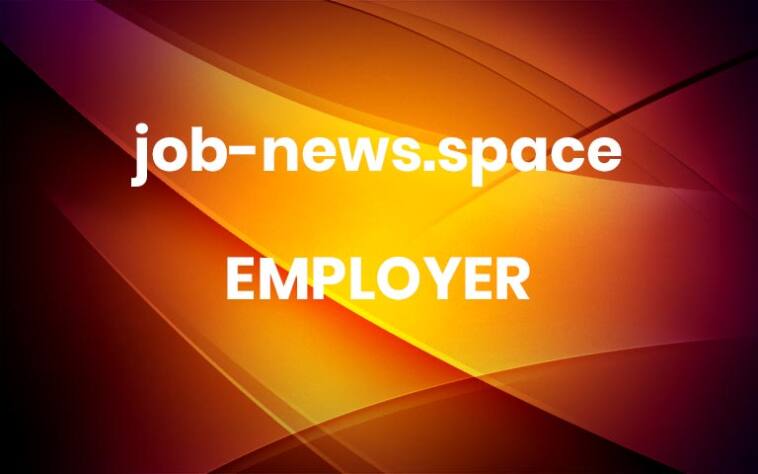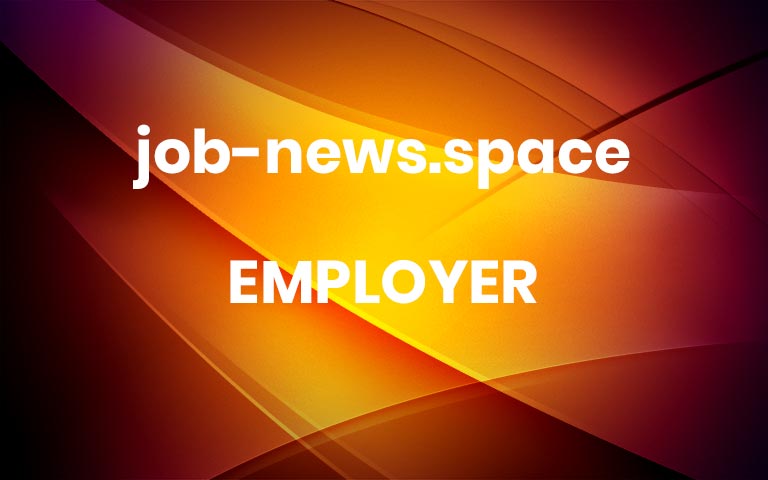How to Cut Through Employer Branding Noise and Stand Out
A strong employer brand is a clear edge in attracting and retaining top talent. Job candidates today expect more from employers from first-time job seekers (GenZ) to people switching jobs or returning to the workforce. They want better pay, different and personalized benefits, and a great work experience. LinkedIn reports that 75% of job seekers consider a brand’s reputation even before applying for an open position. Meanwhile, what current and past employees say about their employer matters more than ever.
Perception is key, and perception is forged throughout an employee’s entire lifecycle with a company. That means employers need to map out an employee experience vision that focuses on key defining moments from job candidate to employee to former employee.
Employers spend a lot of energy attracting new talent through marketing and advertising, writing creative and fun job postings, and putting on a great show during an interview process. But none of that matters if your onboarding process falls flat or, 90 days in, the employee’s expectations of the job haven’t been met. Similarly, employees who don’t see a clear growth path within their company are also more likely to be dissatisfied and leave sooner. Poor offboarding also has negative consequences for a company’s brand. In fact, a company that does a poor job of offboarding employees after a downsizing or merger will find that only 54% of its job candidates trust the organization later, according to a Gartner study.
The answer is creating a holistic talent strategy that delivers a great employee experience rather than just advertising one. If you want future employees to buy into the selling points of your employer brand, it has to be a true and authentic experience for current and former employees. Considering about 65% of job candidates focus on current and former employees directly and through social media in their research of a brand, companies must realize the importance of shaping perceptions of their brand and its impact on candidate expectations. You need to ensure that current and former employees are sharing a positive public message about your company.
So, what can companies do to build a strong employer brand that will be echoed in company reviews and testimonials (both formal and informal)?
Start by intentionally designing touchpoints around company culture, employee support and development, and work experience, and provide the resources that employees expect to get from their employer. Periodically measure perceptions around those areas to know if your organization is falling short in any of those areas and commit to improving so current and former employees carry the message you hope job candidates will hear.
The simple answer to building a strong employer brand that will stand out amid all the noise is simply to create a workplace that people enjoy. If you’re doing that, or at least are on a journey toward accomplishing that, you’ll need to do the right things to get the message out. Here are some things to focus on:
Optimizing company-managed digital touchpoints. A company website should be user-friendly, visually appealing, and regularly updated with relevant content such as company news, employee stories, and career opportunities. Also, create a dedicated career section on the website that highlights the benefits of working at the company, includes employee testimonials, and provides clear instructions on how to apply. Social media should maintain active and engaging content that reflects the company’s values, culture, and achievements. Highlight individual accomplishments and growth. Respond to comments and messages promptly to show responsiveness and the company’s tendency to communicate well.
Enhancing external reviews. Ask satisfied employees and alumni to leave positive reviews on platforms like Glassdoor, Indeed, and LinkedIn. Identify internal champions and thought leaders and engage them on LinkedIn, especially by giving them public praise for accomplishments or contributions to the company culture. Highlight positive reviews and testimonials on your website and social media channels to build trust with potential job seekers, making it about what people have to say about you rather than your company singing its own praises.
Managing online reviews. Regularly monitor reviews on job and company review sites. Use tools like Google Alerts or dedicated review management software. Address negative reviews professionally and constructively. Acknowledge the issue, thank the reviewer for their feedback, and outline steps the company is taking to address the concerns. Develop a crisis management plan that includes a process and ownership for responding to negative reviews or comments. Use feedback from reviews to make tangible improvements in company policies, culture, and practices. When addressing negative reviews or public comments, communicate changes with employees to ensure they know that it is a company priority to create a positive work experience.
Unlocking the power of brand enthusiasts. Identify employees who are passionate about your company and are willing to share their positive experiences. Encourage these brand enthusiasts to share their stories on social media, participate in company events, and contribute to the company blog. Use employee referral programs to tap into the networks of your brand enthusiasts. Referred candidates often have a higher success rate in the hiring process.
Continuously improve the work environment. If you want to create a place where brand enthusiasts thrive, you must be committed to listening and responding to employee concerns and communicating the steps leadership takes to build that environment. Create a supportive and inclusive work environment where employees feel valued and engaged. Know the diversity of your workforce and the talent pool you will tap into during the hiring process, and invest in rewards and recognition programs or DEIB initiatives. Ensure your training, mentorship, and career development programs are available to all at defining moments. Encourage open communication and collaboration.
Companies focusing on these tactics will demonstrate investment and care for the employee experience across the entire employee lifecycle. Do that, and positive reviews and testimonials will flow from this righteous approach to the workplace. If you want an employer brand that cuts through the noise, create defining moments with a more holistic approach to the employee experience — from hiring to development to offboarding.
By Shawna Simcik, Senior Vice President of Leadership Development at Keystone Partners.
Share this post: More



